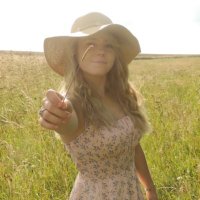
Nina Baranduin
@ninasayswhat
PhD student in human-wildlife conflict at @cambridge_uni | Ecology and Conservation | Tend to wander off a lot 🌳🦌🦅 Views my own (she/her) #ActuallyAutistic
ID: 890635410
19-10-2012 09:37:18
2,2K Tweet
530 Takipçi
978 Takip Edilen
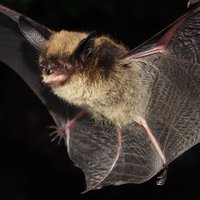
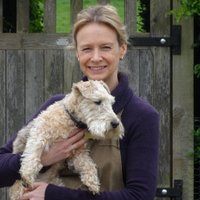

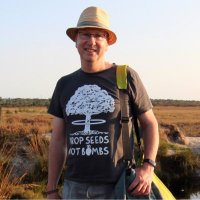
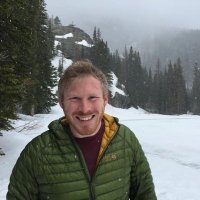

"Knowledge production about [conservation in] the Global South is largely produced by researchers in the Global North, implying a neocolonial power dynamic We also find evidence of bias, ... serving to uphold narratives about who should lead conservation" link.springer.com/article/10.100…

Out today in Royal Society Publishing! We show that butterflies and moths accumulate so much static electricity that pollen is attracted onto them across air gaps, meaning they don't even need to make contact with the flower to pollinate it! 🦋🌻 royalsocietypublishing.org/doi/10.1098/rs… 🧵👇

How the year started Vs how it ended 💃🏼 Final day of the MRes year completed for the 2023 cohort (the best cohort 😉) AI for Environmental Risks CDT
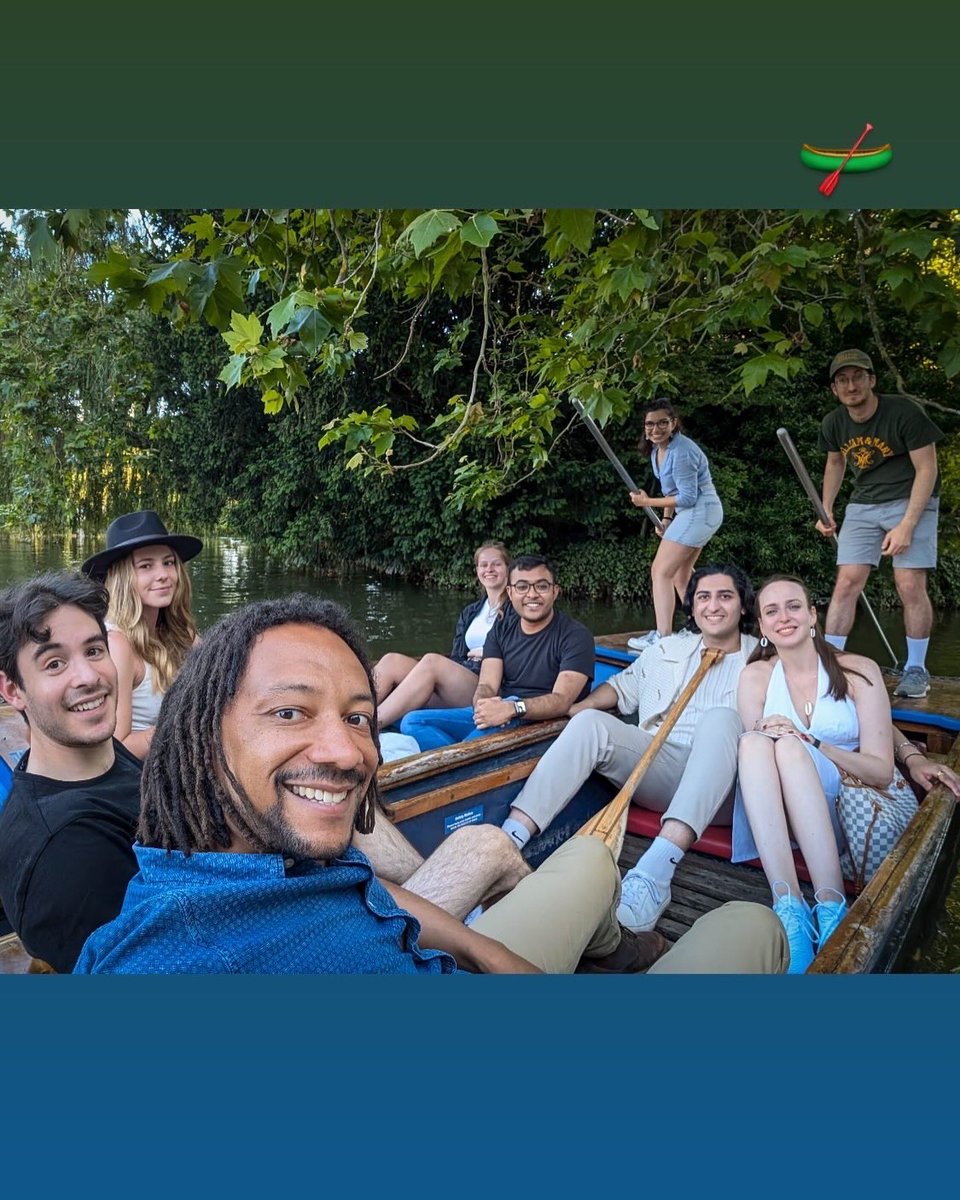



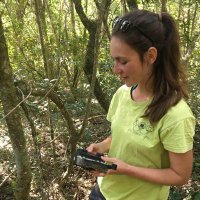
🚨 New paper in Journal of Applied Ecology integrating #CT and #LEK data International Research Lab REHABS Wildlife Ecology Lab 🔗doi.org/10.1111/1365-2…


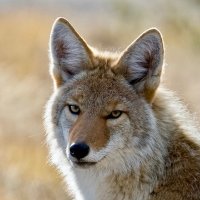
Evaluating the effects of wolf culling on livestock predation when considering wolf population dynamics in an individual-based model nsojournals.onlinelibrary.wiley.com/doi/10.1002/wl… #wolves #management #culling Nordic Society Oikos Wiley Ecology & Evolution
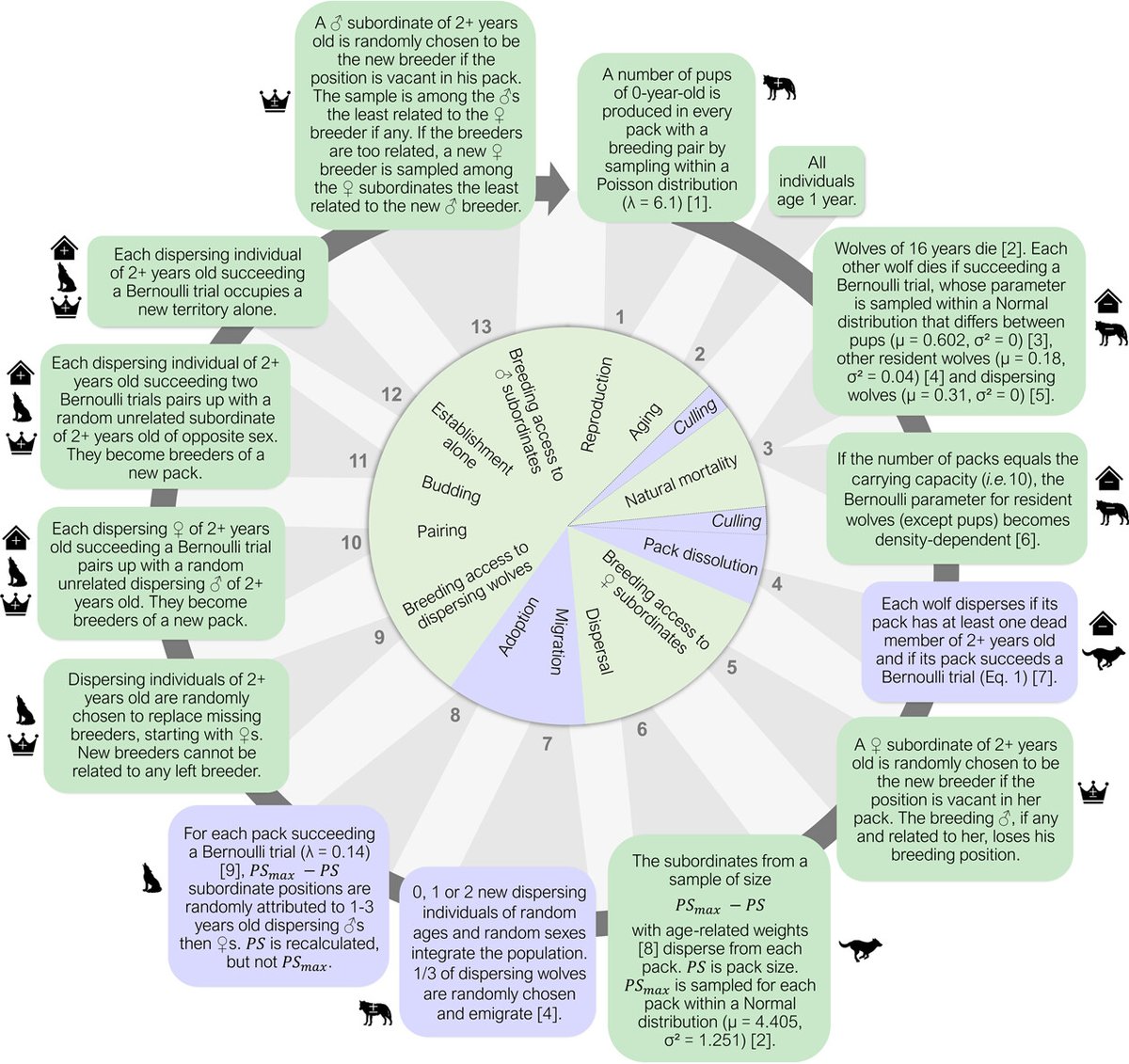


Interested in Europe's former #wildwoods?🌳Our new study shows that #oak, #hazel & #yew were surprisingly abundant - much more than expected from #succession theory & conventional thinking on #climax #vegetation - besjournals.onlinelibrary.wiley.com/doi/10.1111/13… Journal of Ecology🍃🐂🌳 #skov #forest #woodland

The main problem in Europe is not that we have too many #wolves, but that we need to re-learn to protect our farm animals that fall prey to these predators, says Dr. Dries Kuijper, at the Polish Academy of Sciences’ Mammal Research Institute PAS . scienceinpoland.pl/en/news/news%2…

🐾 MIAU is out in Nature Conservation! This unique dataset, covering two decades of carnivore records, was created for our own research but is now available for others to explore and use 🐈⬛ 🦊🦨🐻doi.org/10.3897/nature… #OpenScience









